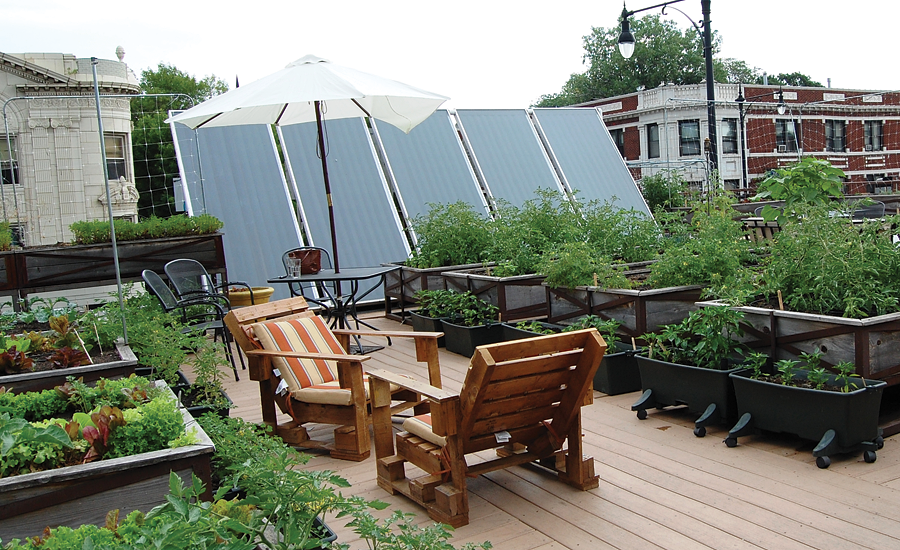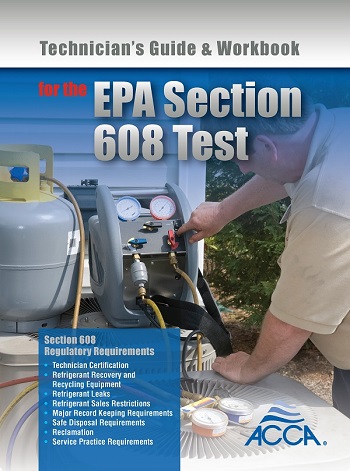In a previous column, I introduced you to the Radiant Professionals Alliance’s online educational system. This is an excellent resource for contractors interested in furthering their education as it pertains to hydronic radiant-based systems. Now I’ll introduce you to the certification program that is being developed and explain how the educational offerings fit into this program.
When it was in existence, the formerly named Radiant Panel Association had a certification program for both radiant system designers and installers. It was a means of recognizing a contractor or designer’s experience and proof he was head and shoulders above his competition. It was prestigious to achieve this certification and it was a very stringent test. The only problem was that this certification was only recognized by members of the old RPA.
The American Society of Sanitary Engineering International, with support from the new RPA, is developing a new Professional Qualification Standard pertaining to solar water heating system installers, and hydronic heating and cooling system designers and installers. This standard is developed under ASSE International’s ANSI-accredited consensus standards development procedures. Once again, our primary goal is to allow competent, knowledgeable and experienced contractors and designers the opportunity to show their skill levels and knowledge base is superior to their competition.
It is our hope that authorities having jurisdiction will recognize this standard and the certification program associated with it. The AHJ should recognize the value the certification represents, including the amount of education and field time served, to show that these certified individuals are qualified to do the job.
Essentially, the requirements are quite similar to those of achieving a journeyman’s level of experience, skills and competence in the pipe trades. Certification is likely to include a measure of field experience. This will negate the possibility of just anyone showing up and attempting to take the test in order to achieve certification without having the recommended training and field experience. Proof of experience and training will likely still be required for contractors and designers certified to the prior standard, so applicants should round up these documents and be prepared to show them.
While the RPA is by no means the only resource for hydronic and radiant education, it will be the gold standard by which all other programs will be compared. In other words, a person could be self-taught by reading as many books on hydronics, solar and radiant as possible, but they would do so at a much higher labor cost than if they went through a structured course designed to assist potential candidates who wish to achieve the status of “certified designer/certified installer of hydronic-based comfort systems and installer of solar water heating systems.”
To that end, we will develop an instructive training manual with significant industry input to give trade schools and other training entities the opportunity to build out their courses so that there is uniformity and complete coverage in the presentation of the course materials.
Instilling confidence
The final intent of all this is to give the consumer a high degree of confidence in our industry. This is very important moving forward. It dovetails with our plans to get hydronics — especially radiant heating and cooling systems — the recognition it deserves and eventually position our systems for some means of government-recognized support. It is the most efficient means of transferring thermal energy from point A to point B, and it is fully compatible with any energy source known to mankind. I believe it will eventually be recognized as the primary means necessary for delivering comfort and efficiency.
The RPA recognizes the need for the education and training of the AHJs’ inspectors as well, and we have already begun some preliminary field training for contractors that building inspectors are encouraged to attend. We will develop training programs that are designed specifically with these inspectors in mind — who are responsible for the final inspection of these systems.
Upon completion of these courses, the inspectors should know right from wrong, good from bad, and what’s installed vs. what was designed. As it stands now, in many cases their knowledge of hydronics and radiant is so limited that consumers are not getting the systems they thought they were and, consequently, aren’t getting the performance they thought the systems would achieve.
This does not bode well for our industry due to what I call the inverted pyramid syndrome. One dissatisfied customer tells 10 of his friends that his system had problems; those 10 people tell 10 other people that radiant doesn’t work well; those 10 tell 10, and so on. Pretty soon you have a whole bunch of people convinced — without having done any research at all — that hydronics and radiant aren’t a good investment, because that is what is at the base of the inverted pyramid.
Our efforts should change the direction of that conversation and let people know that, when done properly by qualified, trained and certified people, comfort and energy savings are proven and possible to achieve.
The contractor has to be in the education business as well. He has to learn how to explain these premium comfort, high-efficiency systems to the end users and architects, who will ultimately make the decision about which system to invest in to ensure their health, safety and welfare. I once did a job of rebuilding a poorly installed system for a retired brain surgeon. After I completed the work and was educating him on the sequence of operation of his new system, he told me that hydronics wasn’t brain surgery. He said hydronics was much harder.
The RPA is prepared to work with our industry partners (manufacturers, manufacturers reps, educational partners, etc.) to develop certified trainers, and is planning to hold a “train the trainer” program during the first quarter of 2016. Professionalism is key to the success of these programs, and education is the key to the development of this professional certification program. We look forward to working with all our industry partners to bring this professionalism to the forefront and show the world what we have known all along — hydronic and radiant heating and cooling systems are the most efficient means available to deliver excellent comfort and operating efficiencies.










